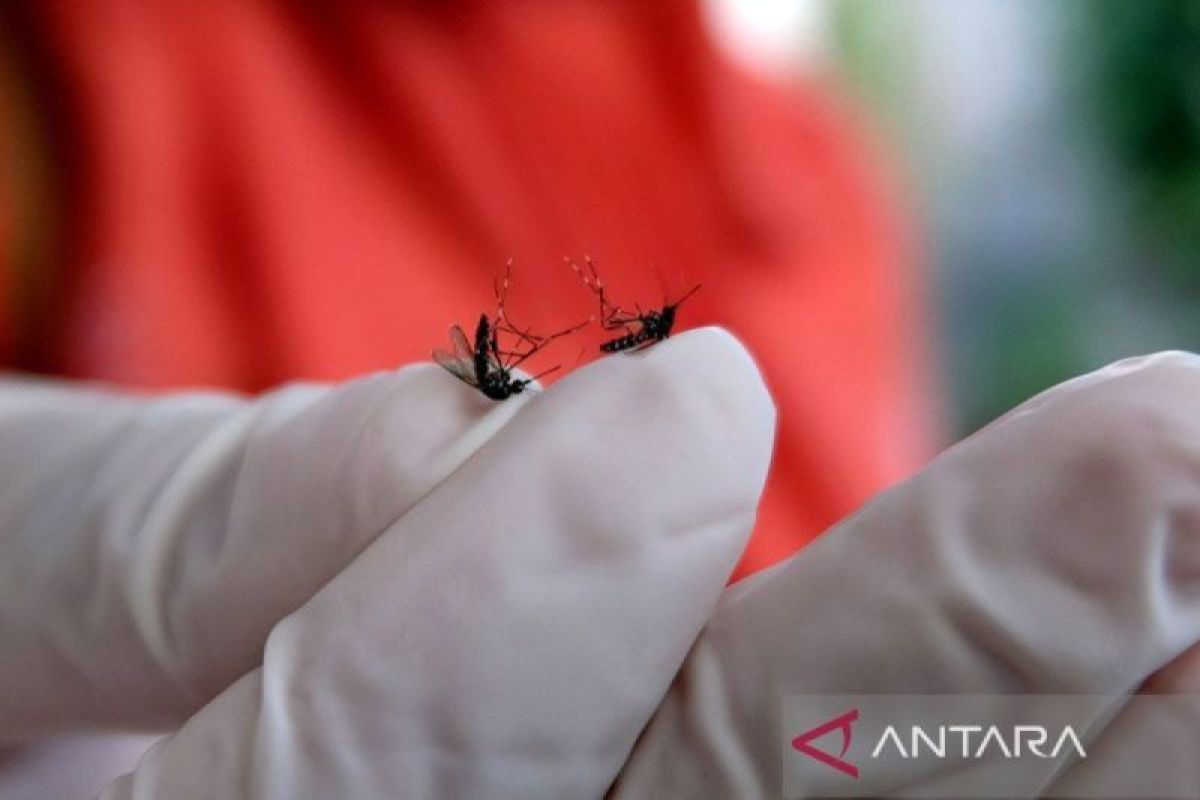Dengue fever, also known as DBD, is a viral disease that is transmitted to humans through the bites of infected mosquitoes. The two main species of mosquitoes that are responsible for spreading dengue fever are Aedes aegypti and Aedes albopictus. These mosquitoes are commonly found in tropical and subtropical regions, including Indonesia.
Both Aedes aegypti and Aedes albopictus are capable of transmitting the dengue virus, but there are some key differences between the two species. Understanding these differences can help in implementing effective control measures to prevent the spread of dengue fever.
Aedes aegypti is known as the primary vector of the dengue virus. This species is well-adapted to urban environments and is commonly found in and around human dwellings. Aedes aegypti is a daytime biter, with peak biting activity occurring in the early morning and late afternoon. This mosquito species prefers to lay its eggs in clean, stagnant water, such as in water storage containers, flower vases, and discarded tires.
On the other hand, Aedes albopictus is considered a secondary vector of the dengue virus. This species is more adaptable to a wider range of environments and can be found in both rural and urban areas. Aedes albopictus is also a daytime biter, but it is more likely to feed on animals in addition to humans. This mosquito species prefers to lay its eggs in a wider variety of breeding sites, including natural and artificial containers, such as tree holes, bamboo stumps, and discarded cans.
Despite these differences, both Aedes aegypti and Aedes albopictus are capable of transmitting the dengue virus to humans. The best way to prevent dengue fever is to eliminate mosquito breeding sites and protect yourself from mosquito bites. This can be done by regularly emptying and cleaning water storage containers, using mosquito repellent, wearing long sleeves and pants, and using mosquito nets while sleeping.
In conclusion, understanding the differences between Aedes aegypti and Aedes albopictus can help in effectively controlling the spread of dengue fever. By taking proactive measures to prevent mosquito breeding and protect against mosquito bites, we can reduce the risk of contracting dengue fever and help to keep our communities healthy and safe.
